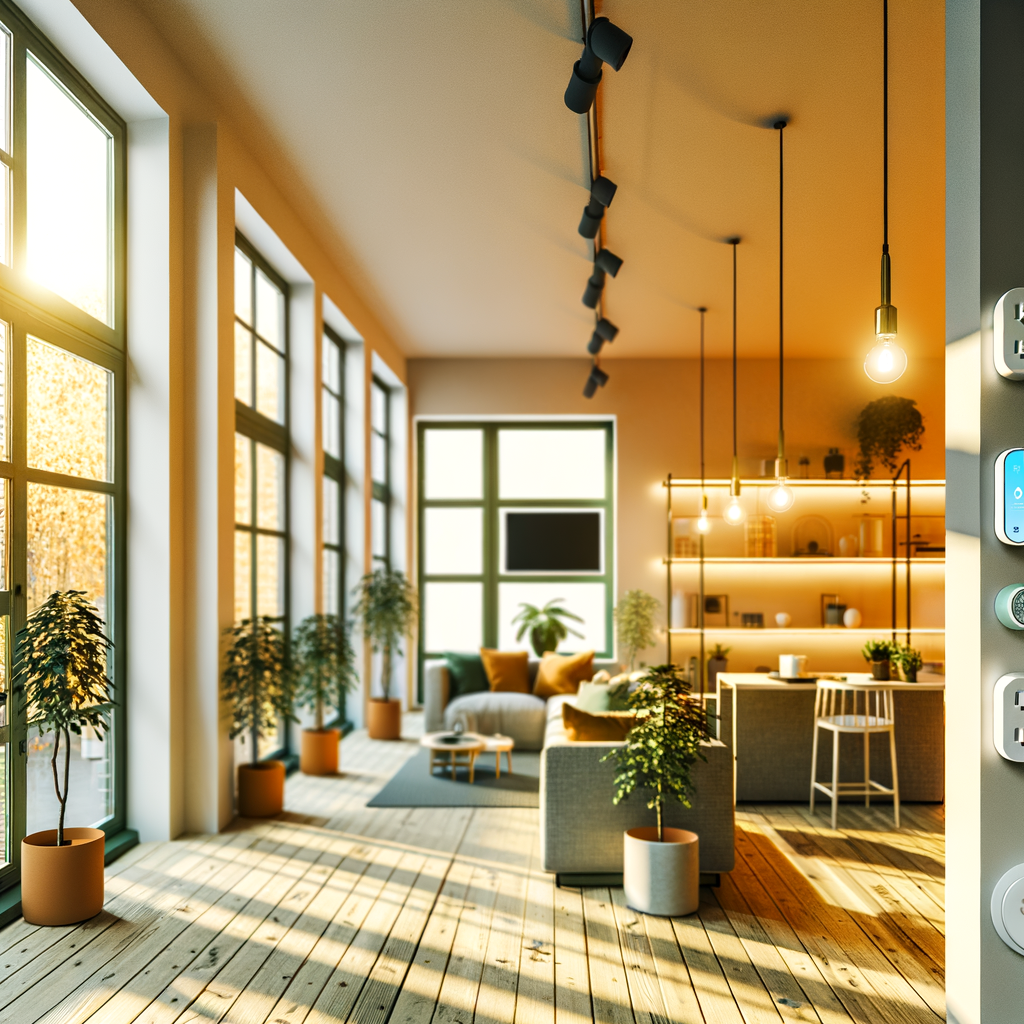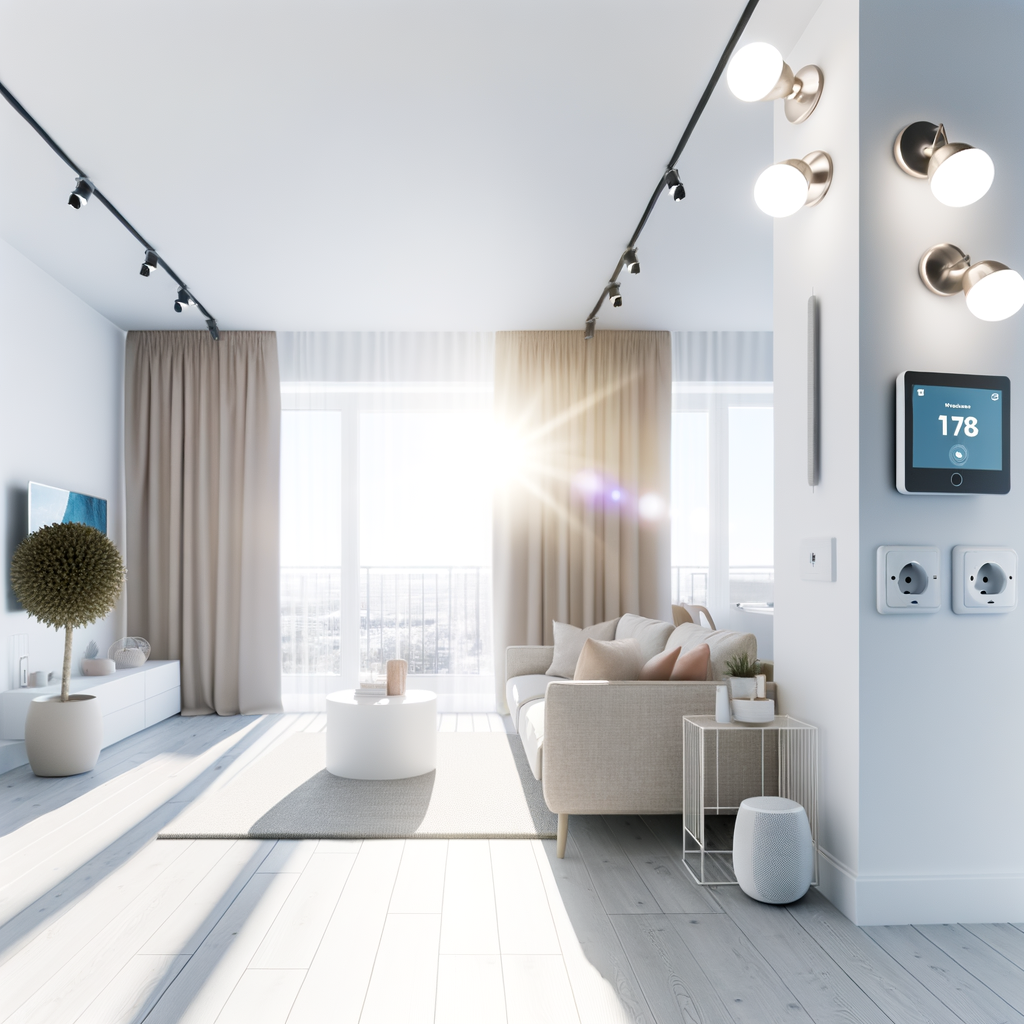Debunking the Top 7 Myths About Smart Home Tech for Eco-Conscious Renters
Are you an eco-conscious renter intrigued by smart home technology but intimidated by common misconceptions? You’re not alone. Myths about usability, affordability, and environmental impact frequently deter renters from embracing these innovations. In reality, smart tech has never been more accessible—and it can make your rental both greener and smarter.
Let’s set the record straight by debunking seven persistent myths. Along the way, you’ll find practical advice and actionable tips that will empower you to create a sustainable, energy-efficient haven—without running afoul of your landlord.
1. Myth: Smart Home Tech Is Expensive and Only for Homeowners
The Truth: Options Exist for Every Budget—And Every Living Situation
Smart home technology may seem synonymous with high costs and permanent installation. However, the market is teeming with affordable, easy-to-install devices tailored to renters. Many of these gadgets don’t require wiring, drilling, or landlord approval.
- Low-Cost Entry: Smart plugs and LED bulbs often cost less than $25 but bring immediate energy savings and convenience.
- Portable Devices: Many smart speakers, sensors, and thermostats are designed to move easily from one rental to the next.
- Shared Utility: Many smart devices benefit everyone in the household, so costs can be split among roommates.
Actionable Tip: Start small. Try one smart plug or a single smart bulb. See the impact on your convenience and utility bills—then scale up as needed.
2. Myth: Renters Can’t Install Smart Home Devices Without Violating Their Lease
The Truth: There Are Plenty of Non-Invasive, Removable Devices
Many renters worry about breaking lease agreements with permanent modifications. Fortunately, major smart home brands understand renter concerns and design solutions that don’t require holes in walls or rewiring.
- Adhesive Mounting: Sensors and cameras can often be mounted with non-damaging adhesive pads, not screws.
- Plug-and-Play: Devices like smart plugs, light bulbs, or countertop appliances need just a power outlet.
- Removable Thermostats: Some smart thermostats install over existing controls and are fully removable when you move out.
Actionable Tip: Always check your lease and talk to your landlord about your plans. Highlight that your devices are non-permanent and may also enhance the safety and energy efficiency of the property.
3. Myth: Smart Tech Isn’t Really Environmentally Friendly
The Truth: Automation Drives Down Energy Consumption and Waste
A common misconception is that the energy used to power smart devices cancels out any eco-friendly benefits. In fact, the automation and data-driven insights they provide lead to meaningful reductions in energy use and carbon footprint.
- Smart Thermostats: Devices like the Nest Learning Thermostat or ecobee can cut heating and cooling costs by up to 23% by learning your schedule and reducing usage when you’re away.
- LED Smart Bulbs: Using Wi-Fi-connected LED bulbs can cut lighting costs by up to 75% and allow you to automate “all lights off” with a tap.
- Energy Monitoring: Smart plugs and power strips track energy hogs and help you identify and eliminate waste.
Actionable Tip: Use your smart tech’s scheduling and automation features to ensure your devices are never running unnecessarily. Small changes—like automated lights—can make a big difference over time.
4. Myth: Smart Devices Are Too Complicated for Non-Techies
The Truth: Most Smart Home Devices Are User-Friendly and App-Controlled
Today’s smart tech is designed for mainstream adoption. Setup often takes just a few minutes using intuitive smartphone apps. Integrations with voice assistants like Alexa, Google Assistant, and Siri make smart home control accessible to just about anyone.
- Guided Setups: Most devices walk you step-by-step through installation and usage with clear visuals.
- Centralized Control: Apps like Google Home or Apple HomeKit group all your devices in one easy interface.
- Routine Creation: Simple, “if-this-then-that” automation lets you set up schedules or triggers in seconds—no coding required.
Actionable Tip: Start with one device and one app. Gradually add more features as you become comfortable. Don’t be intimidated by jargon—the apps are designed for beginners!
5. Myth: Voice Assistants and Smart Devices Are Always Listening
The Truth: Privacy Settings Put You in Control
Concerns about privacy are legitimate, especially with voice-controlled devices. But smart tech companies have implemented strict privacy controls, and you can decide how much is recorded and stored.
- Mute Buttons: All major voice assistant speakers have a physical mute button to disable the microphone.
- On-Device Processing: Some brands offer local-only voice processing—your requests never leave your home network.
- Settings Management: You can review, delete, or disable voice recordings in device settings at any time.
Actionable Tip: Spend a few minutes reviewing your device’s privacy controls. Only enable features you truly need, and mute microphones when not in use for peace of mind.
6. Myth: Smart Home Tech Won’t Make a Big Difference in a Rental
The Truth: Small Upgrades Add Up—And Travel With You
While you may not want to overhaul your entire rental, even modest smart tech upgrades can deliver real benefits for your eco-friendly goals:
- Smart Plugs: Automate lamps, fans, or appliances for energy savings.
- Smart Sensors: Detect leaks or monitor humidity for healthier air and prevention of costly damage.
- Lighting Automation: Scheduled or motion-activated bulbs curb energy waste and increase safety.
Actionable Tip: Choose smart devices that are portable. Take them with you when you move. Your investment grows more valuable with each year and each rental.
7. Myth: Smart Home Devices Are Insecure and Easy to Hack
The Truth: Modern Devices Offer Robust Security Features
While no internet-connected device is 100% hack-proof, smart home tech companies take security very seriously. Recent products feature advanced encryption and frequent software updates to counter threats.
- Two-Factor Authentication: Many apps require an extra step to verify your identity on new devices.
- Automatic Updates: Security patches are applied automatically or with a single tap in your device’s app.
- Strong Passwords: Account and network security remain the top defense. Choose unique, hard-to-guess passwords for both your Wi-Fi and your smart home accounts.
Actionable Tip: Set reminders to check for device firmware updates monthly. Enable two-factor authentication wherever possible and use a password manager for extra peace of mind.
Getting Started: Smart Home Tips for Eco-Conscious Renters
Begin With These Steps
- Audit Your Needs: List the areas where you waste the most energy—lighting, heating, or appliances.
- Research Compatibility: Ensure your chosen smart devices are compatible with your phone and Wi-Fi network.
- Prioritize Portability: Look for devices you can easily remove without damage when you move.
- Embrace Automation: Automate routines (like turning off lights or lowering the thermostat) for reliable energy savings without extra effort.
- Track Results: Use your device’s usage data to measure improvements in energy consumption month-over-month.
Communicate With Your Landlord
- Request Permission If Needed: Always seek approval for any permanent installation.
- Highlight Benefits: Let your landlord know that increased energy efficiency and safety features benefit both you and the property overall.
- Stay




